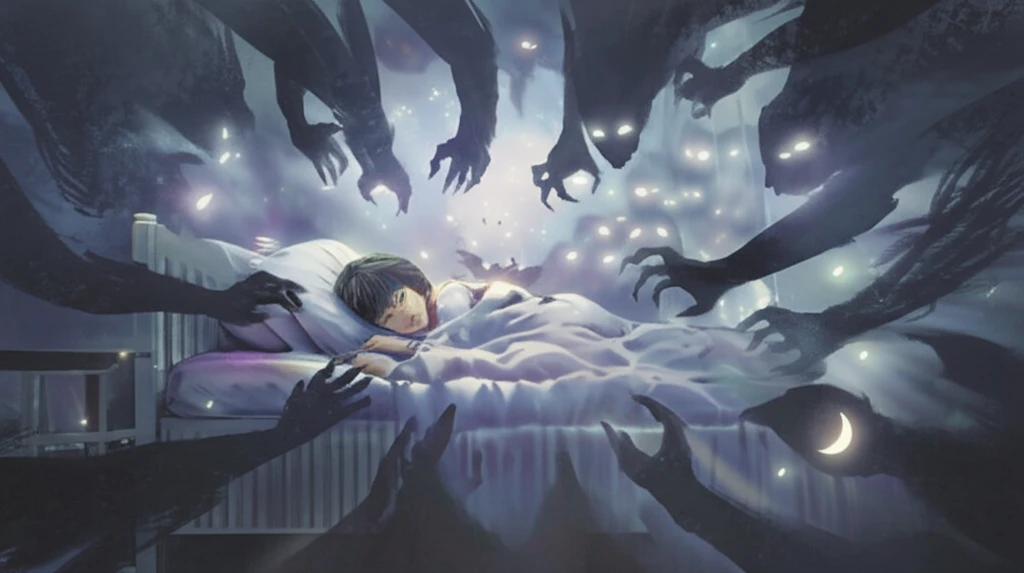
Decoding Childhood RBD: What Parents Need to Know About REM Sleep Behavior Disorder
"A comprehensive guide to understanding, identifying, and managing REM Sleep Behavior Disorder in children and adolescents."
REM Sleep Behavior Disorder (RBD) is often characterized by vivid dream enactment, sometimes involving vocalizations and physical movements during the REM (Rapid Eye Movement) stage of sleep. While traditionally recognized as an adult condition, increasing reports highlight its presence in children and adolescents. It's crucial for parents and caregivers to recognize the signs and understand the implications of RBD in younger individuals.
Unlike typical REM sleep, where the body is essentially paralyzed to prevent acting out dreams, individuals with RBD experience a breakdown of this paralysis. This can lead to a range of behaviors during sleep, from simple limb movements to more complex and even violent actions. Recognizing that these behaviors are not intentional or conscious is a key first step in addressing the issue.
This guide aims to provide parents and caregivers with a clear understanding of RBD in children and adolescents, bridging the gap between complex medical research and practical application. We'll explore the symptoms, potential causes, links to other conditions, and management strategies, ensuring you have the knowledge to support your child effectively.
Recognizing the Signs: How Does RBD Manifest in Children?

RBD in children can present differently than in adults. While the core feature remains dream enactment, the specific behaviors may vary. It's essential to be observant and note any unusual sleep-related activities. One key difference is that children may exhibit less overtly violent behaviors compared to adults. However, any physical activity during REM sleep that seems connected to dream content should raise suspicion.
- Vocalization during sleep: This can range from mumbling or talking to shouting or screaming.
- Physical movements: Including kicking, punching, arm flailing, or getting out of bed.
- Apparent dream enactment: Behaviors that seem to reflect the content of a dream.
- Injuries: The child or bed partner may experience injuries due to the sleep-related movements.
Taking the Next Steps: Diagnosis and Management
If you suspect your child has RBD, the most important step is to consult with a qualified medical professional. A pediatrician, neurologist, or sleep specialist can conduct a thorough evaluation to determine the cause of the behaviors and recommend appropriate treatment. This evaluation will likely involve a detailed medical history, a physical exam, and potentially a sleep study (polysomnography).
